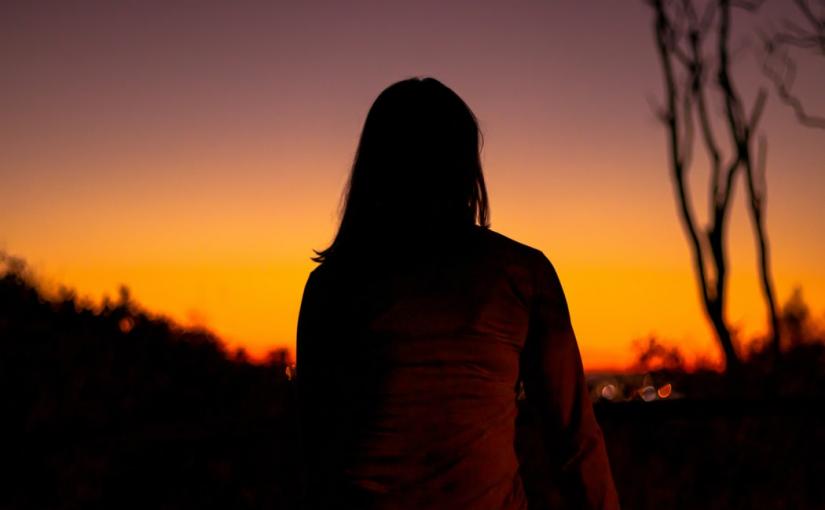Coming Out
Author: Hilde Raastad
These days, I dream of coming outs. I want to see kids playing in the parks, friends hugging in the streets, classrooms filled with students and church pews crammed with people holding hands. I dream about crossing borders again, setting out on small and large adventures and embracing the richness of life. I think a lot of us are hoping to come out soon. It will not happen right away. Our coming out will happen when the time is right. And while we wait for our own coming out, we get to participate in, and celebrate, the greatest coming out ever: Easter.
On Easter Sunday, the stone is moved away, and Jesus comes out. He leaves behind darkness and death and comes out into light and new life. And through his coming out,
he gives us the same gifts: light replacing darkness, community replacing isolation and life replacing death. These are awesome gifts that we can only understand in glimpses, like we understand love in glimpses. But whether we grasp it or not, whether we feel it or not, these gifts are always there for us to cling to. By coming out, Jesus overcomes the darkness that so easily overwhelms us. Having come out, Christ says to us: “Come out into my light, feel the sun on your face and know that, although you might not feel it, a new life is emerging in you and around you.”
But the miracle of the resurrection is not the only coming-out story during Easter week.
On Palm Sunday a darker and more painful coming out took place. We have heard the story, maybe even waved palm branches, shouted Hosannas and believed this was a joyful event. It probably was, for the people present. But for Jesus, riding on his small donkey, I am convinced this moment was filled with fear and dread. I know this, because like so many other LGBTQ people, I came out, too. Jesus rides on his donkey, receiving the acclaim and adoration of those surrounding him, while knowing that in the days ahead, they will discover who he really is and hate him for it. On Palm Sunday, the people worshipped the perfect hero they believed him to be. But as Jesus removed his fake image and let them see who he really was, they felt betrayed and ended up shouting: “Crucify! Crucify!” People did that to Matthew Sheppard, too, along a fence in Wyoming. Religious people do that to LGBTQ people across the world every day, just as it happened to Jesus during Easter week.
So, coming out can be a joyous moment or a journey filled with pain and loss, or both. Coming out is, as for Jesus, a courageous reclaiming of ourselves as who we really are. Coming out is a deeply vulnerable process and a witness to amazing strength. We leave behind darkness and death, our fake images and masks, and follow Christ into the light. Coming out is being born again.
This is what faith is about: to be embraced and held in the love that overcame death, to follow Christ from darkness into light, into justice and into hope. The Easter story is a story of coming outs, and we are called to follow in Jesus’ footsteps and do our own coming outs. We might have to wait a while longer until we can dance in the streets and sing hymns while embracing each other. Until then, though, we are offered the gift of the resurrection, when God’s love wins over our feeling of isolation, our anxiety and the darkness that too often overwhelms us, and we, following in the footsteps of Christ, come out into the gentle and passionate life of love.

